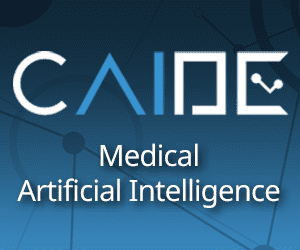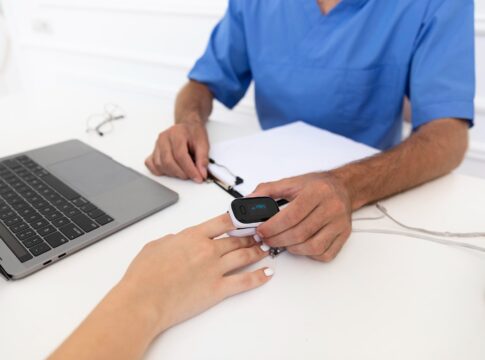Medical drones have emerged as a promising technology for delivering medical supplies and emergency care to remote and inaccessible areas. These unmanned aerial vehicles (UAVs) offer a range of applications that can significantly improve healthcare delivery in challenging environments. Here are some key aspects of medical drones:
- Medical Supply Delivery: Medical drones can transport essential medical supplies, such as vaccines, medications, blood products, and diagnostic samples, to remote areas with limited infrastructure or difficult terrain. Drones can bypass roadblocks, geographical barriers, and deliver supplies quickly, especially in emergency situations or during natural disasters. This capability improves access to critical healthcare resources, reduces delivery times, and saves lives.
- Emergency Medical Response: Medical drones equipped with emergency medical equipment, such as automated external defibrillators (AEDs), first aid kits, or emergency medications, can provide immediate assistance in emergency situations. Drones can reach accident sites, remote communities, or disaster-stricken areas faster than traditional emergency response vehicles, enabling timely interventions and increasing the chances of positive outcomes.
- Telemedicine and Remote Consultations: Drones can serve as a platform for telemedicine services, allowing healthcare professionals to remotely assess patients in remote areas. By integrating video conferencing capabilities and high-resolution cameras, drones can transmit real-time video and images to medical experts, who can provide guidance, diagnoses, and treatment recommendations from a distance. This improves access to specialized care, especially in areas with limited healthcare infrastructure.
- Search and Rescue Operations: In emergency situations, drones equipped with thermal imaging cameras and sensors can aid in search and rescue operations. They can cover large areas quickly, identify survivors or missing individuals, and relay their location to rescue teams. This expedites rescue efforts and improves the chances of finding and providing timely medical assistance to those in need.
- Infrastructure Assessment and Disaster Response: Drones can assess infrastructure damage in disaster-stricken areas, providing valuable data for relief efforts and response planning. By capturing aerial imagery and conducting surveys, drones assist in evaluating the extent of damage, identifying areas in need of immediate attention, and facilitating efficient allocation of resources for emergency medical teams.
- Environmental Monitoring: Medical drones can monitor environmental factors that impact public health, such as air quality, pollution, or the spread of infectious diseases. Equipped with sensors, drones can collect real-time data, analyze it, and provide insights into potential health risks or disease outbreaks. This information helps in implementing preventive measures and targeted interventions to protect communities.
- Regulatory and Safety Considerations: The use of medical drones necessitates careful consideration of regulations and safety protocols. Regulatory bodies are working to establish guidelines for drone operations, ensuring safety, privacy, and compliance with airspace regulations. Safety features, such as collision avoidance systems, geofencing, and redundant communication systems, are incorporated into drone designs to minimize risks.
- Scalability and Cost-effectiveness: Medical drone systems can be scalable, allowing for the deployment of multiple drones simultaneously to serve larger areas or respond to increased demand. With technological advancements and increased adoption, the cost of drone systems has decreased, making them a cost-effective solution for healthcare delivery in remote and underserved regions.
- Community Engagement and Education: Implementing medical drone programs involves community engagement and education to foster acceptance and understanding. Public outreach programs can educate communities about the capabilities and benefits of medical drones, address concerns related to privacy and safety, and build trust in their use for healthcare delivery.
Medical drones have the potential to overcome logistical challenges, improve access to healthcare, and save lives in remote or disaster-affected areas. Continued advancements in drone technology, regulatory frameworks, and integration with existing healthcare systems will further enhance the capabilities and effectiveness of medical drone applications.








